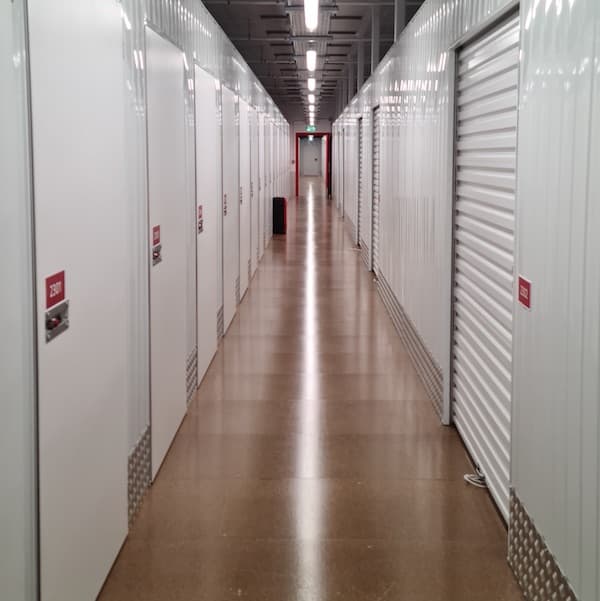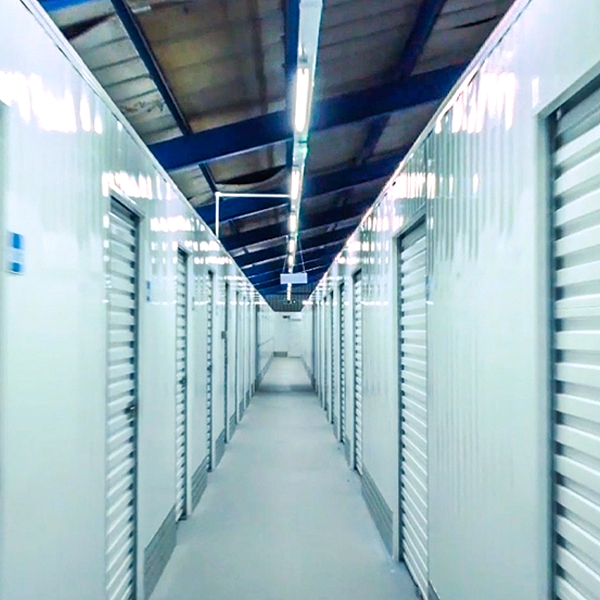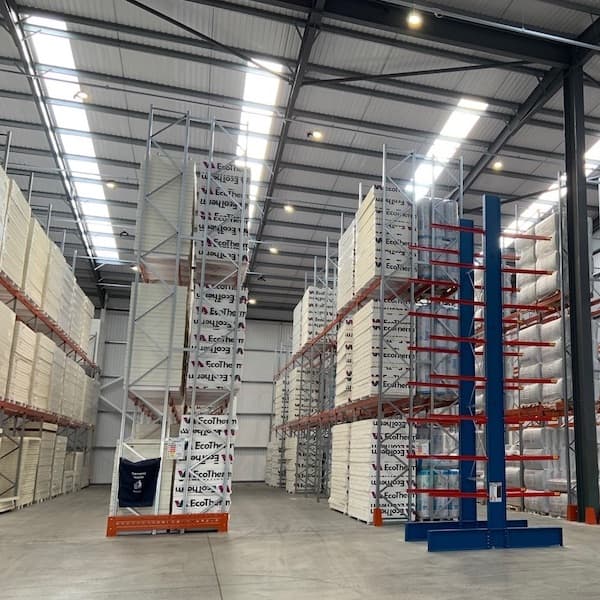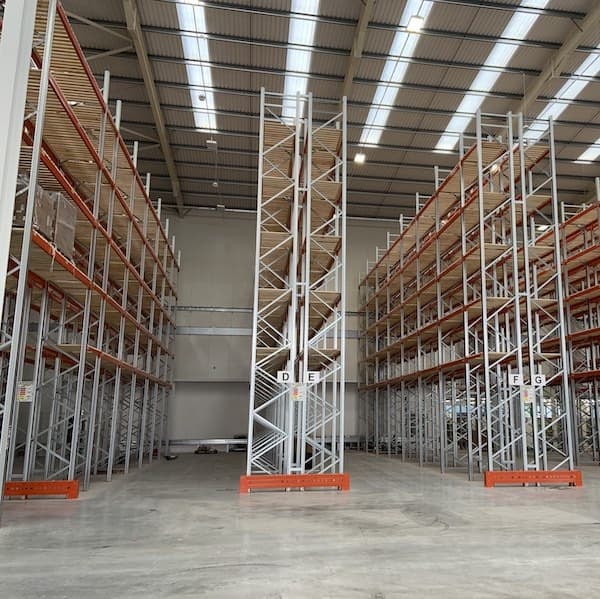- Mezzanine Floors
- Solutions
- Multi-Tier Mezzanines
- Mezzanine Pallet Safety Gates
- Mezzanine Staircases
- Mezzanine Handrails and Balustrades
- Mezzanine Decking
- Fire Protection for Mezzanine Floors
- Mezzanine Lift Shaft Design and Installation
- Resources
- Mezzanine Floor Calculator
- Mezzanine Floor Regulations and Building Control
- Self-Storage Mezzanine Floors
- Self-Storage Units
- Resources
- Self-Storage Site Selection Information
- Calculating The ROI of Self-Storage Conversions
- Planning for Automation in Self Storage
- Racking & Shelving
- Solutions
- Cantilever Racking
- Pallet Racking
- Coil Racking
- Longspan Shelving
- Tyre Racking
- Kimer Racking
- Live Storage Racking
- Drive In & Drive Through Racking
- Clip Shelving
- Mobile Shelving
- Custom Fabrications
- About Us
- USS Case Studies
- Self-Storage Fit-out For Raked Ceiling Building
- Mezzanine And Staircases For Entertainment Venue
- New Mezzanine And Staircases For Major Retailer
- Mezzanine Pallet Safety Gate
- Self-Storage Fit-Out Project For Brand New Facility
- Warehouse Racking, Wire Mesh & Shelving for New Warehouse
- Self-Storage Partition System & Components Installation
- Self-Storage Store Mezzanine And Staircases
- Multi-Tier Mezzanine For Logistics & Distribution Facility
- Warehouse Plant Platform
- Self-Storage Facility Space Expansion
- Mezzanine Floor For Distribution Warehouse
- Bespoke Feature Staircase & Mezzanine
- Single Level, Multi-Use Mezzanine
- Mezzanine For A New Building
- Mezzanine Floor For Plumbing Supplies Warehouse
- New Racking System and Mezzanine Floor
- Car Park Conversion To Self Storage Facility
- Pallet Racking and Cantilever Racking For Warehouse
- Two Mezzanine Floors For Self-Storage Facility In Birmingham
- Our Accreditations
- Contact Us
- USS Case Studies
The Latest Blogs From USS
The Use of AI in Warehouses - What are the Benefits?
read
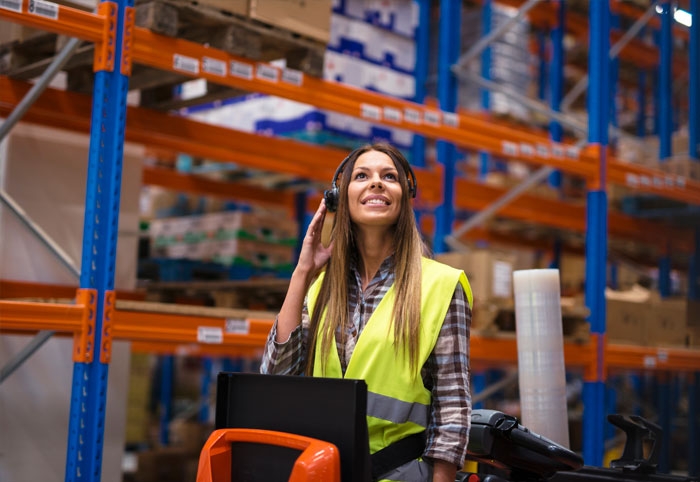
We’ve previously written about the increasingly widespread use of robots in warehouses; it's not an overstatement when we say the use of automated units in the warehouse leaves human operatives flailing in their mechanised wake. The non-tech-savvy might think of warehouse automation as the kind of units unveiled by Amazon in June 2021 (named after characters from Sesame Street). However, the fact of the matter is that the vast majority of technologies being used to transform warehouse management and supply chain logistics are far less visible. They also impact the very foundations of warehouse systems.
A recent survey of retail and consumer packaged goods (CPG) supply chain leaders found that the use of AI across the supply chain, in general, was weighted heavily toward the distribution centre (DC) and warehouse end of the spectrum. According to this survey, 54% of the AI across the supply chains was present in distribution and fulfilment centres as opposed to 36% elsewhere. In other words, warehouses are driving the AI revolution, sweeping through supply chain logistics globally as managers attempt to come to terms with the shift. This shift is partly pandemic inspired, partly a long term trend – toward increased online retail and the expectation of instant order fulfilment.
The term AI is often either misunderstood or misused. Still, in terms of the warehouse management systems discussed in this article, it relates to machine learning, via which software applications use algorithms to create predictive models based on large sets of data. AI of this kind can identify objects, predict possible failures, suggest product movements within a warehouse environment, or create workplace rotas.
Warehouse Management - Tailor-made for AI
Warehouse management is a particularly suitable area for introducing AI for several reasons. The average warehouse is a contained and controlled environment that could have been custom-built to collect real-time and historical data - and of course, the more data an AI system has to work with, the more effective that system will be. The other factors that have helped drive the uptake of AI within the warehouse management sector are the problems that warehouse managers deal with day in and day out. These include issues associated with activities such as workforce planning, product slotting and other core functions, which have, in the past, been controlled via legacy systems based on the likes of spreadsheets as well as established best practice.
Before the digital revolution of the recent past, systems installed in warehouses to introduce a degree of automation would have been mechanical in nature and expensive in terms of installation and maintenance. While these solutions would have been within reach of larger operations, smaller warehouses would have been prohibited from taking advantage of these. On the other hand, AI solutions provide more affordable systems for smaller operations while also being more flexible and efficient for a larger set-up. Machine learning can also quickly adapt to changes in the operating environment, thanks to the real-time introduction of data to the system. These same data-gathering capabilities mean it is completely suited to solving highly complex problems.
Some Activities are Ideally Suited to AI Management
Product slotting is the kind of warehouse operation ideally suited to be handled by AI and machine learning because it combines multiple input factors. These factors include the SKU of individual products, each product's time of arrival, and the slot it has to be placed into. There are multiple goals, ranging from getting each product from the collection point to the right slot to arranging multiple product slotting’s with maximum efficiency so that movement around the warehouse is kept to a minimum. Allied to these factors is the variable nature of the challenge, with the specific products arriving at a warehouse, and the time of that arrival, varying from day to day. An AI solution can deal with a problem of this complexity far more effectively than a rigid 'one size fits all' inventory-based system. This is because it can be built around fixed data such as the physical dimensions of the warehouse and the time it takes operatives to travel from point to point, and then combine this fixed set of data with ongoing activity data feeds into the system in real-time.

Thanks to the industrial Internet of Things, feeding this data into the system from across the warehouse is becoming increasingly efficient and straightforward. Devices such as mobile robots and Radio Frequency or voice picking applications can now all collect, transmit and share data in real-time. In the first instance, this means that the movements of robots and human operatives around a warehouse can be co-ordinated far more closely than was previously possible. Earlier iterations of robotics within warehouses would have utilised Autonomous Manoeuvrable Robots (AMR) moving around the warehouse with instructions for the items to be loaded onto them transmitted to human workers via a device such as a tablet loaded onto the unit. After loading an item onto one robot, each worker would then look for the next closest robot bearing instructions, while the first robot moves on along a programmed route to the next destination. An AI system, on the other hand, utilising real-time data from both the AMR and wearable tech used by the operatives, will be able to optimise the movements of both the AMR and the human operatives in a manner that is completely co-ordinated.
Would AI Suit Your Operation?
The first step to take when considering introducing or - possibly more likely – embedding AI within a warehouse management system is to ask yourself the following questions:
What are your strategic objectives? AI can be applied to virtually every aspect of warehouse management in one form or another, but you need to understand which procedures should be targeted for increased efficiencies in order to deliver the most benefit to your key objectives. The investment and disruption to existing working practices that will be a part of introducing AI will be a price that's well worth paying - as long as the gains delivered by that AI feed into your key objectives.
Assess the infrastructure – will a more efficient delivery of services across the warehouse positively or negatively impact the infrastructure? For example, is the racking that you use up to the task of dealing with goods moving in and out at a far faster pace, or will you need to think about changing to a more hybrid racking system?
Finally, how will you measure success? Before launching any AI, you absolutely need to decide which Key Performance Indicators (KPIs) you will use to evaluate the impact. The KPIs used – such as the speed with which items pass through the warehouse, the number of items handled per working day or the distance travelled by each AMR and employee – should reflect the most important aspects of delivery.
This blog is for information purposes only and should not be construed as legal or financial advice and not intended to be substituted as legal or financial advice.
Find Us
S & L United Storage Systems Ltd
United House, The Street
Takeley, Bishop's Stortford
Hertfordshire, CM22 6QR
Company No. 1313816
VAT No. 291616253Say Hello
01279 871 787Copyright © 2025 S & L United Storage Systems Ltd. All rights reserved.
- About Us


